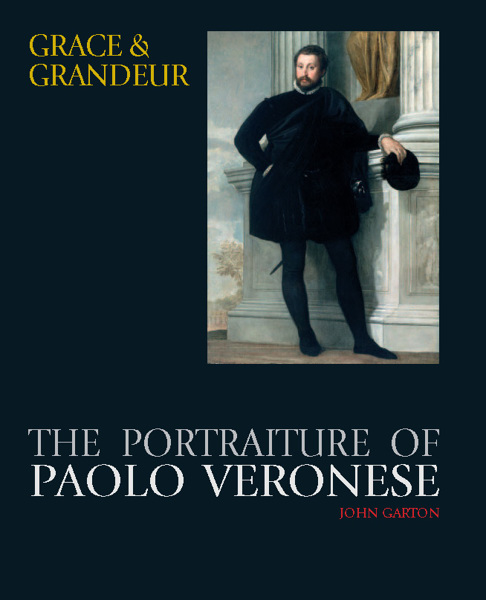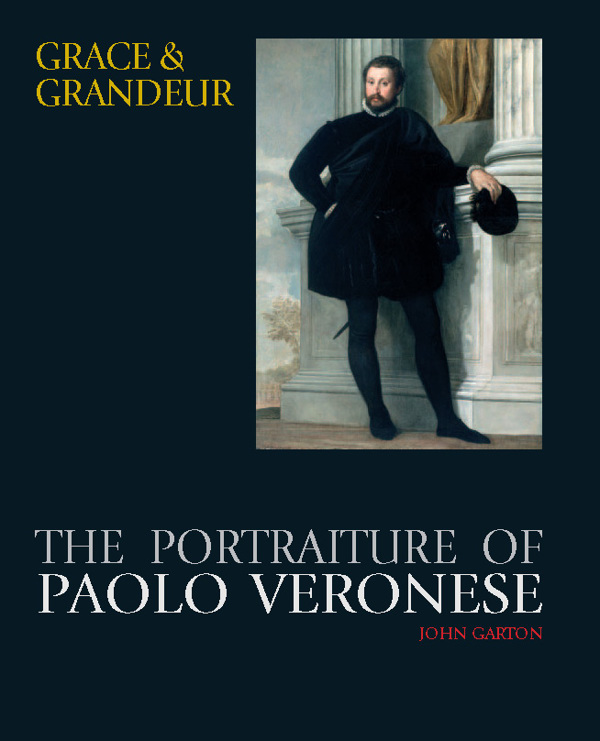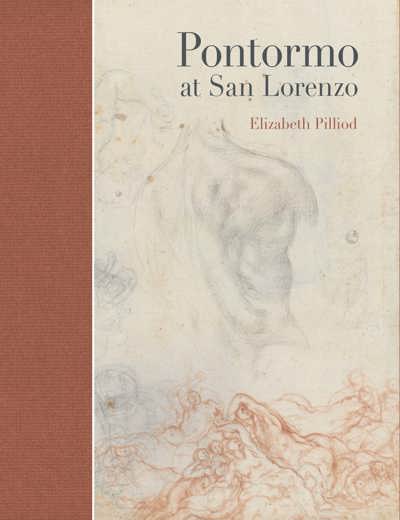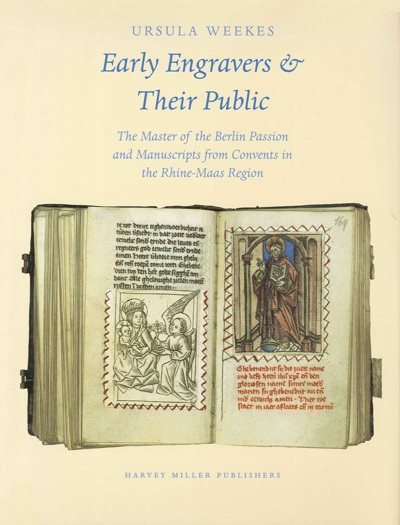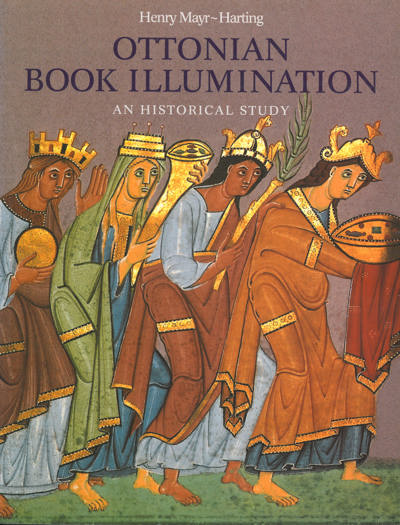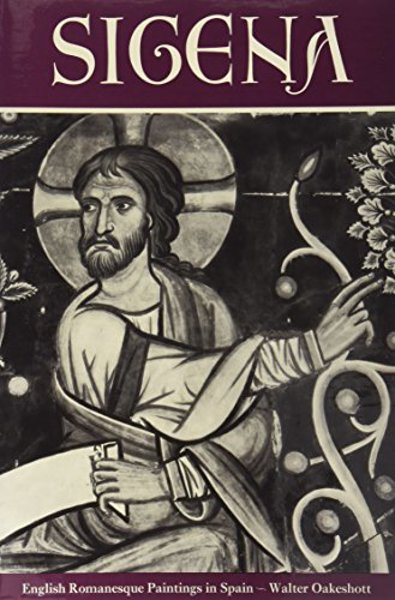
Grace and Grandeur: The Portraiture of Paolo Veronese
John Garton
- Pages: 268 p.
- Size:220 x 280 mm
- Illustrations:135 b/w, 52 col.
- Language(s):English
- Publication Year:2008
- € 85,00 EXCL. VAT RETAIL PRICE
- ISBN: 978-1-905375-23-3
- Hardback
- Available
This book offers the first comprehensive study of the approximately forty portraits that survive. Shedding new light on early works, such as the pendants of the Da Porto and the frescos of the Barbaro in the Palladian villa at Maser, Professor Garton also examines Paolo’s images of women within the larger polemics surrounding the anonymous beauties of Giorgione, Palma il Vecchio, and Titian. The author analyzes Veronese’s innovations in martial portraiture, melancholic portrayals of artists and nobility, and evocations of the antique. Relevant issues of social history, class insecurity, and poetic convention are all brought to bear in deciphering the meanings of these images and what they reveal about the painter and his clientele. This layered study of Venice’s golden age of painting ends appropriately with a glance at the “moderns” who profited most from the study of Veronese’s portraits: Jean-Baptiste Carpeaux, Henri Fantin-Latour, Mary Cassatt, and Henri Matisse. A complete catalogue of Veronese’s portraits follows the chapters.
John Garton, Ph.D., is assistant professor of liberal arts at the Cleveland Institute of Art.
